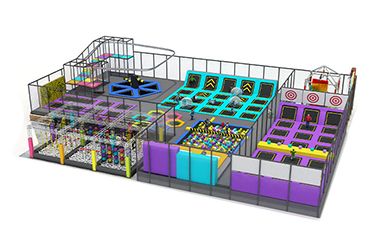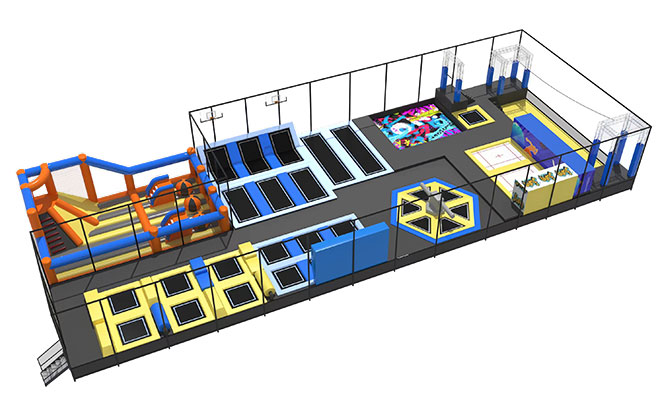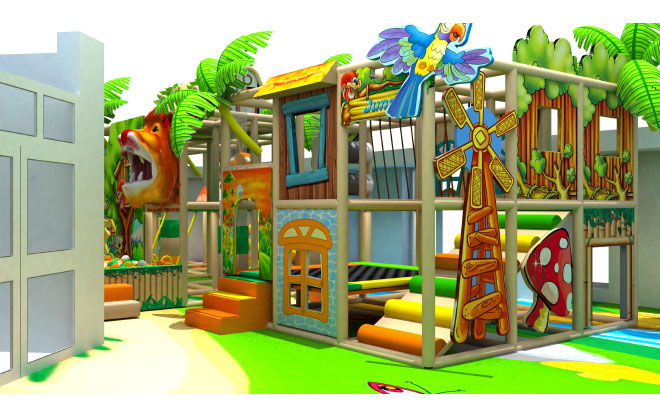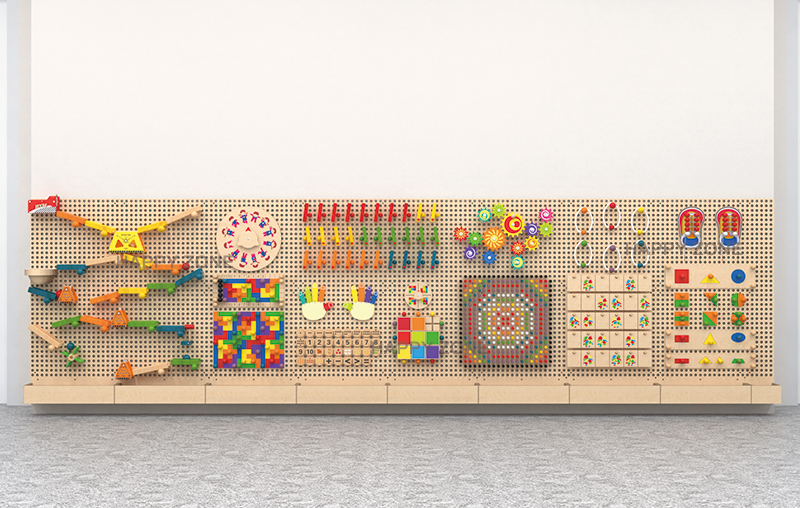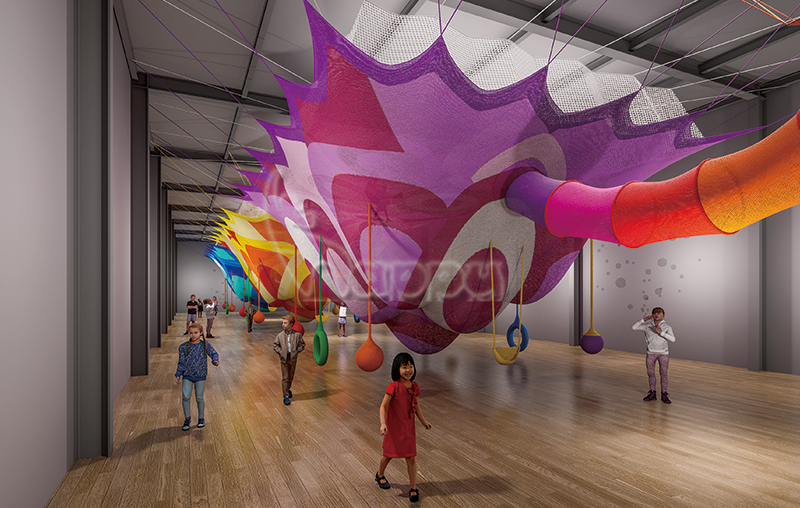Product Catalog
Starting an indoor playground business requires clear planning to avoid common pitfalls. This guide breaks down key questions new entrepreneurs often have, using practical insights to help you build a solid foundation—from space planning to safety and design.
Sizing Your Space: Match to Target Age Groups
One of the first questions is: How much space do I need? The answer depends on your target age range, as different groups have distinct needs.
How to choose space size for specific age groups
For toddlers (0+ years), smaller areas (around 30–70㎡) work best. These spaces should focus on gentle, safe features—avoiding large climbing structures—to fit their physical abilities.
For school-age children, larger spaces (200–3000㎡) allow for diverse activities, such as slides, rope courses, or even combined areas with trampolines. This size supports active play and group interactions.
Always consider future growth: A 300㎡ space might start small but leave room to add interactive elements later.
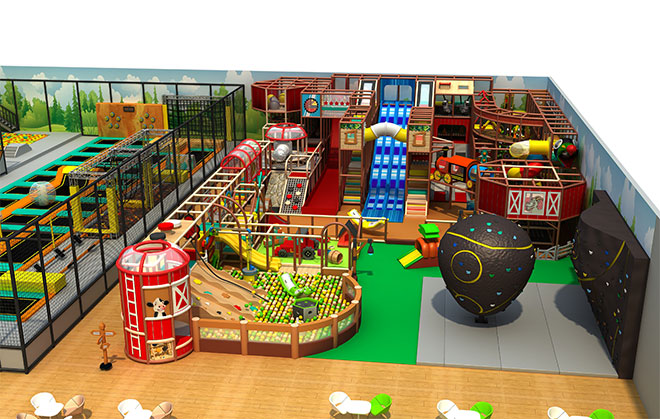
Safety Standards: Non-Negotiable Requirements
Safety is the backbone of any indoor playground business—ignoring standards risks legal issues and harm to children.
Which international standards should you follow?
EN1176 & EN1177: These European standards cover basic safety for playground equipment, including structure stability and material safety. They’re widely recognized globally, even beyond Europe.
TÜV Rheinland & SGS: These third-party certifications verify that equipment meets strict safety and quality checks. Many parents and local authorities look for these marks to trust your business.
Regional certifications matter too: For example, CE (EU) or GS (Germany) are essential if you operate in those markets. Joining industry associations like IAAPA or IPEMA can also help you stay updated on safety trends.
Theme Design: Align with Your Business Goal
A strong theme makes your indoor playground memorable—but it should tie to your target customers, not just trends.
How to pick a theme that works for your audience
Family-focused spots: Warm themes like castles or "tiny town" role-play areas work well. They encourage parents to stay and engage, boosting longer visits.
Party or event spaces: Fluorescent or glow-in-the-dark themes are ideal. They create a unique atmosphere for birthdays or gatherings, making your space a go-to for special occasions.
Educational play: Themes that blend fun with learning—such as spaces with interactive walls for science or creativity—appeal to preschools or parents focused on skill-building.
Custom design helps: Working with teams that offer 3D design tools lets you tweak themes to fit your space, ensuring no two areas feel the same.
Pre-Launch Prep: Smooth Operations Start
Even great equipment and design fail without solid pre-launch steps. Focus on these key areas to avoid delays.
What to do before opening day
Clarify your unique selling point (USP): Do you offer rare interactive games? Or a focus on toddler safety? Your USP guides marketing and helps you stand out.
Plan installation and delivery: Equipment often needs professional setup. Partner with teams that handle transport and on-site installation—this saves time and reduces errors.
Test for safety and flow: Walk through the space as a child or parent would. Check if paths are clear, and if high-traffic areas (like slides) have enough room to prevent crowding.
Conclusion
Building a successful indoor playground business starts with answering these core questions: getting the space right for your audience, following strict safety standards, picking a theme that fits your goals, and prepping thoroughly for launch. Each step builds trust with customers and sets your business up for long-term success.
If you want to explore real-world examples of how these planning steps come to life—from small toddler areas to large interactive spaces—you can visit our product page. There, you’ll find details on facility configurations tailored to different business needs, helping you turn your plan into action.









